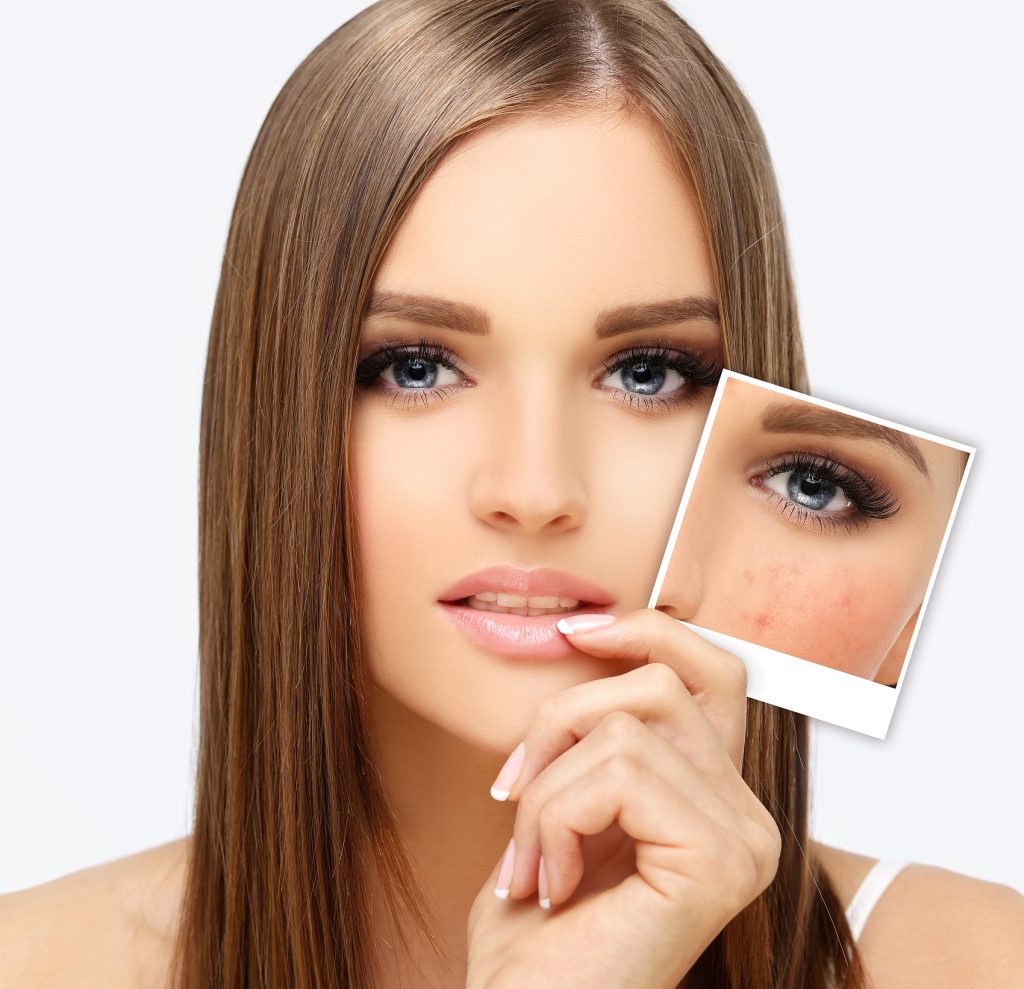In the world of modern wellness and skincare, new treatments constantly emerge, promising better results and improved skin health. Among these, red and infrared light therapy has gained significant attention for its impressive ability to heal scars. This non-invasive treatment uses specific wavelengths of light to promote cellular regeneration, reduce inflammation, and enhance skin texture, making it a powerful tool for achieving flawless skin.
The Science Behind Light Therapy
Red and infrared light therapy, also known as photobiomodulation, uses light-emitting diodes (LEDs) to deliver specific wavelengths of light to the skin. Red light typically falls within the 630-700 nanometer range, while infrared light ranges from 700 to 1200 nanometers. These wavelengths penetrate the skin at varying depths, triggering biological processes that contribute to healing and rejuvenation.
Cellular Regeneration and Collagen Production
One of the key ways red and infrared light therapy helps heal scars is by stimulating cellular regeneration and collagen production. When the light penetrates the skin, it is absorbed by the mitochondria, the cell’s powerhouse. This absorption increases the production of adenosine triphosphate (ATP), which fuels cellular activities, including repair and growth. Enhanced ATP production accelerates the turnover of damaged skin cells and promotes the formation of new, healthy ones.
Collagen, a crucial protein for skin elasticity and strength, also benefits from this therapy. Red and infrared light stimulate fibroblasts, the cells responsible for collagen production. Increased collagen levels improve skin texture, reduce the appearance of scars, and rejuvenate the skin overall.

Reduction of Inflammation
While inflammation is a natural response to injury, chronic inflammation can hinder healing and contribute to scar formation. Red and infrared light therapy has anti-inflammatory effects that address this issue. By reducing the levels of pro-inflammatory cytokines and promoting the release of anti-inflammatory molecules, this therapy creates an optimal environment for healing. Less inflammation means less tissue damage, leading to less noticeable scars.
Enhanced Blood Circulation
Proper blood circulation is vital for delivering nutrients and oxygen to the skin, facilitating the healing process. Red and infrared light therapy improves microcirculation by stimulating the formation of new capillaries and enhancing the function of existing blood vessels. Better blood flow ensures that essential nutrients reach damaged tissue, supporting regeneration and minimizing scar formation.
Non-Invasive and Safe
One of the most attractive aspects of red and infrared light therapy is that it’s non-invasive. Unlike surgical procedures or chemical treatments, light therapy requires no incisions, injections, or downtime. It is a painless procedure with minimal risk of side effects, making it suitable for a wide range of people, including those with sensitive skin.
Incorporating Light Therapy into Your Skincare Routine
Adding red and infrared light therapy to your skincare routine is simple. Various devices, from handheld units to full-body panels, are available for home use, and many dermatologists and skincare clinics offer professional treatments. For the best results, consistency is essential. Regular sessions, typically lasting between 10 to 20 minutes, can lead to noticeable improvements in skin texture and scar reduction over time.

Conclusion
Red and infrared light therapy offers a powerful, science-backed solution for reducing scars and promoting overall skin health. By harnessing the healing properties of specific wavelengths of light, this non-invasive treatment accelerates cellular regeneration, reduces inflammation, enhances blood circulation, and boosts collagen production. Whether used alone or alongside other skincare treatments, red and infrared light therapy offers a promising path to smoother, clearer, and more resilient skin. Embrace the healing power of light and unlock your skin’s true potential.






